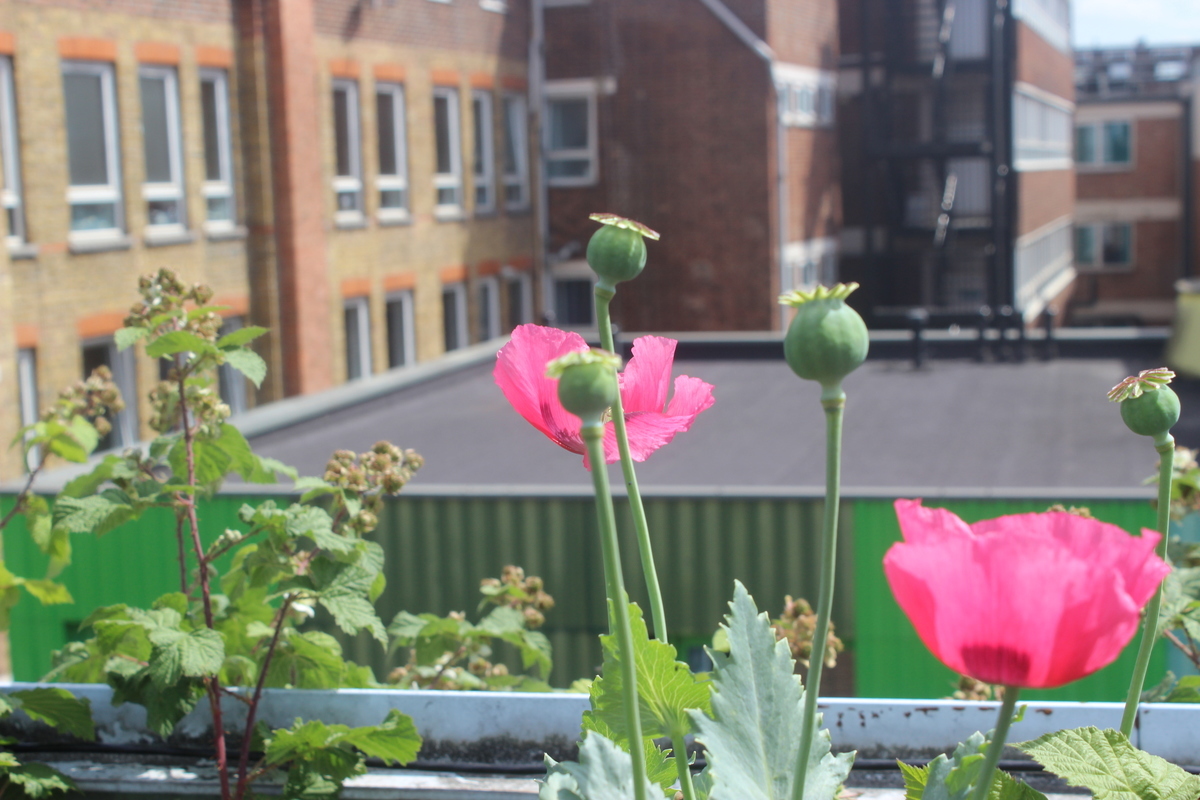Hello Richard,
As I've noted before, I find it extremely relevant that Thompson started fires as child: 56% of serial killers have a history of setting fires as children: see https://books.google.co.uk/books?id=...0fires&f=false
Did you also say that he had a history of committing mutilations?
As I've noted before, I find it extremely relevant that Thompson started fires as child: 56% of serial killers have a history of setting fires as children: see https://books.google.co.uk/books?id=...0fires&f=false
Did you also say that he had a history of committing mutilations?






Comment